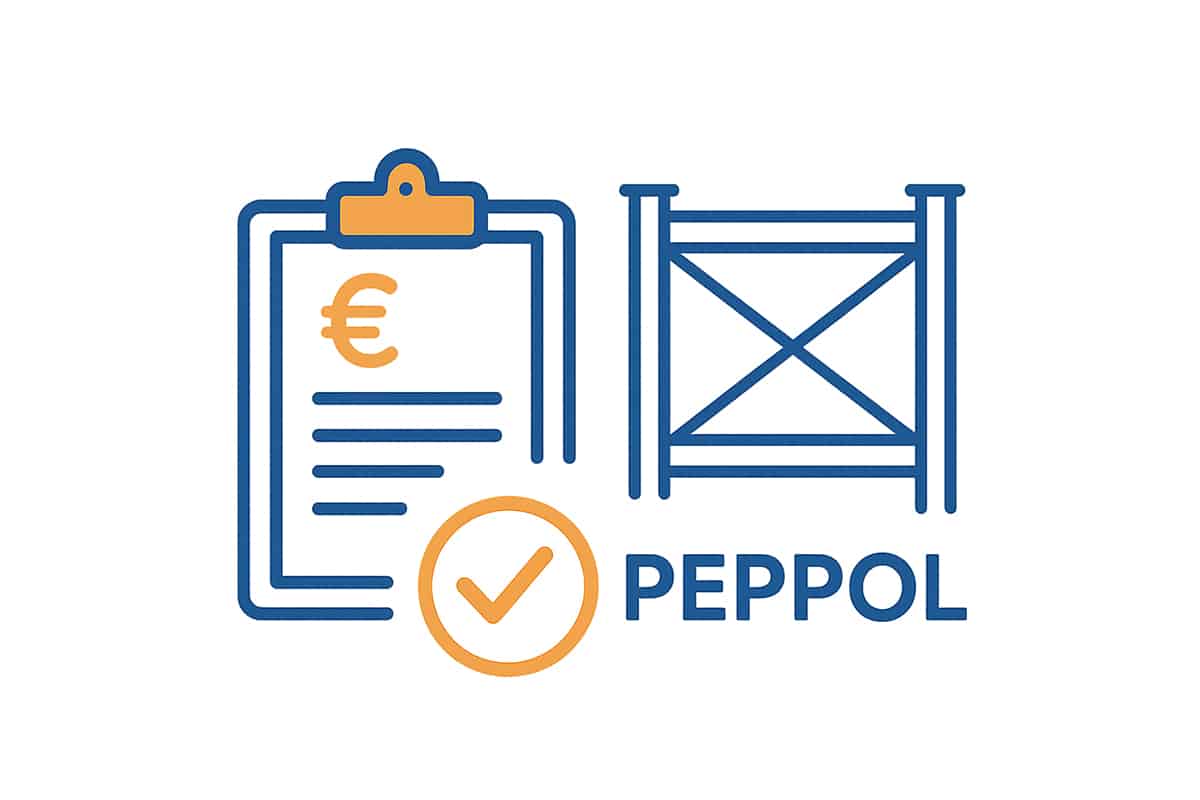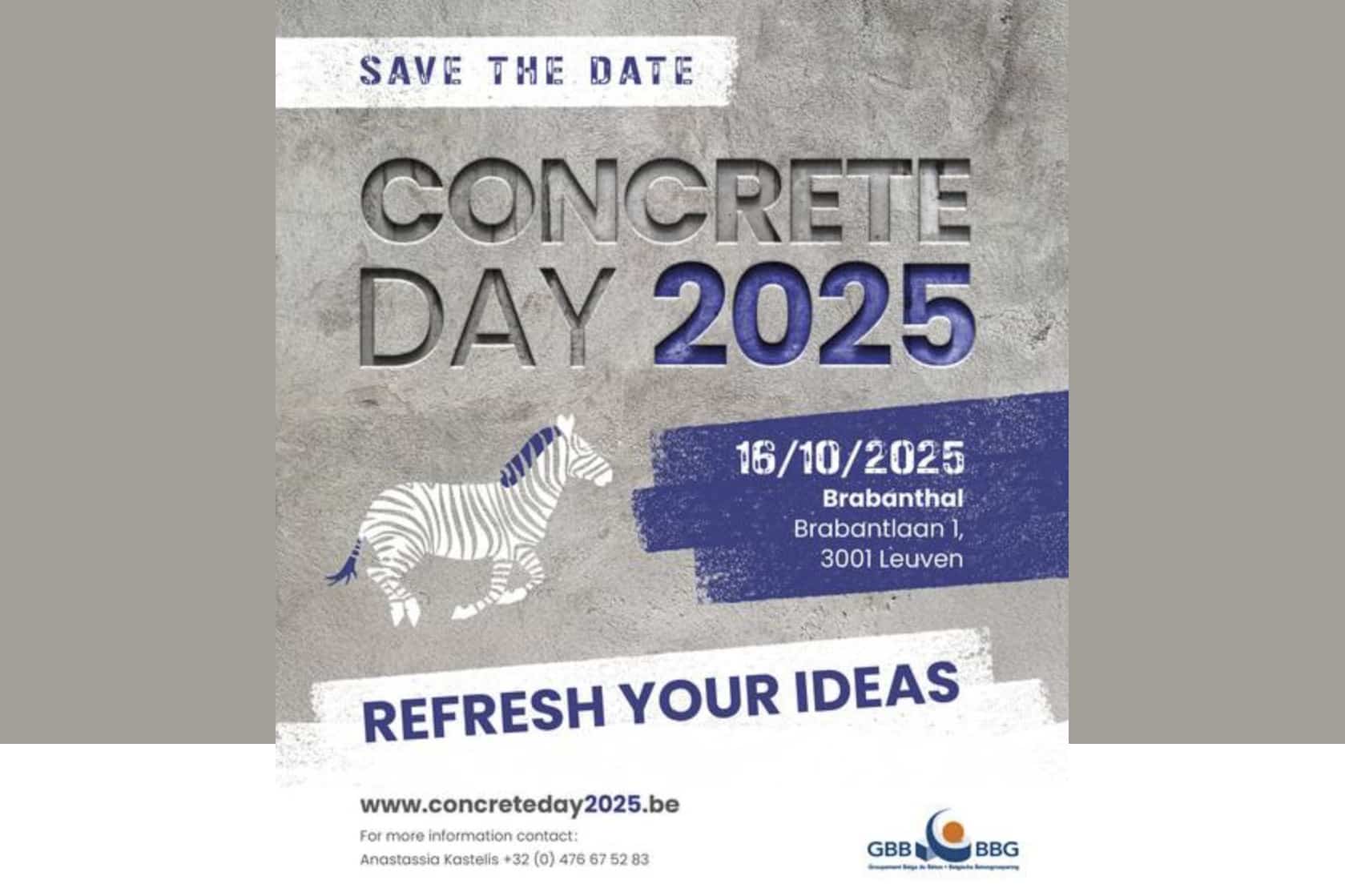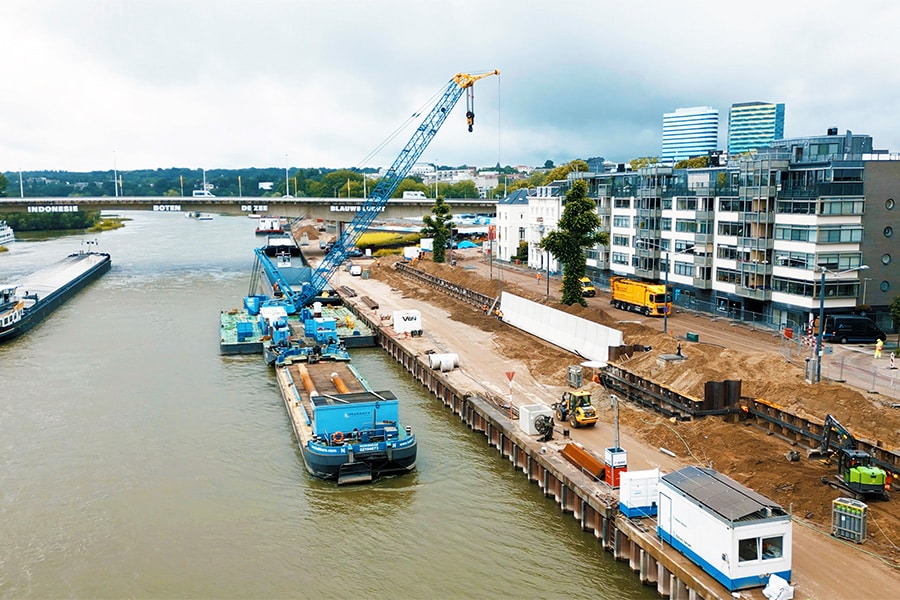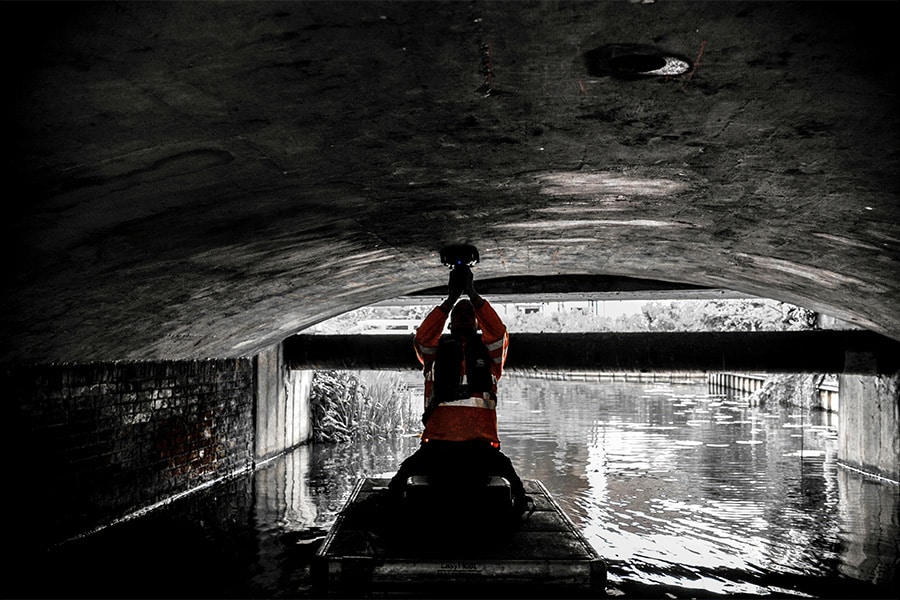
More and more concrete structures in urgent need of repair
In Belgium, FEREB (Federation of specialists in repair, strengthening and protection of concrete structures), together with its members, is committed to sustainable and quality concrete repairs. It has developed a certification system for this purpose, based on the European Standard EN 1504. This standard describes specifications on identification, performance and safety of products and systems used for structural and non-structural concrete repairs.
Diagnosis, the basis of lasting concrete repair
The causes of concrete damage are diverse. Carbonation and chlorides are the main ones, but in addition, chemical influences, mechanical stress, water infiltration or ASR can also cause concrete damage. A thorough preliminary investigation or diagnosis by an expert engineering firm or architect is therefore essential. Without a proper diagnosis, which by the way is legally determined according to standard EN 1504, a durable concrete repair is not possible.

Preparation of the substrate
Based on the diagnosis, the damaged surfaces of the structure are detected and marked. Using a jackhammer, the loose and carbonated concrete around the reinforcement is removed to a depth of about 1 cm behind the reinforcement. For larger concrete repairs, hydrodemolition is increasingly used today. The damaged concrete is removed under high water pressure. The advantage of this system is that, unlike pneumatic removal, no vibrations occur in the reinforcement that could cause any micro-cracks in the non-damaged concrete structure.
Protection of corroded reinforcement
In almost all cases of concrete damage, the reinforcement is highly corroded. To prevent further corrosion, the reinforcement is sandblasted. This ensures optimal electrochemical contact between the steel and the repair mortar. If the concrete cover is thinner than about 2 cm, the reinforcement is additionally protected by means of a cement-based coating. Where the reinforcement has completely rusted through, a new reinforcement is applied, if structurally necessary.
If the presence of chlorides was detected during the diagnosis of concrete damage, specific instructions regarding the repair technique and additional protection techniques should be included in the specifications. Here the density of the chlorides present must be taken into account. To prevent new damage, cathodic protection with sacrificial anodes or with imposed current is often applied here.

Choice of repair mortar
The repair mortar has specific properties according to the concrete to be repaired and must bear the CE label. Most manufacturers subject their products to an additional inspection by BCCA to obtain a BENOR certificate. Repair mortars can be processed either manually or mechanically. Manual processing is mostly used for smaller surfaces. For larger projects, spray mortars or leveling mortars are used, for which an appropriate formwork has to be placed. In practice, we see that more and more people are switching to these innovative systems. This is not only faster, but also ensures better adhesion of the mortar.
The amount of water added, mixing times and pauses between the two mixing processes determine the quality of the repair mortar. Necessary checks should be made during and after the execution of the repair. Thus, when the mortar is prepared, all data such as identification number, hour of preparation, etc. are noted. Adhesion tests are carried out at several places during and after the works.
Protection of the concrete structure
A Life Cycle Cost model, created from project information and product characteristics, provides a cost comparison between concrete repair combined with protection and concrete repair without protection. This report states that every euro invested in protection saves 3 to 5 euros in recurring repair costs. But also that appropriate protection eliminates an average of three repair cycles within the life of the structure. So once the concrete repair is done, protection should be applied to prevent new damage over time. First of all, the protection must be in accordance with the environmental conditions described in EN 206-1 (concrete standard). NBN EN 1504-2 then in turn specifies the different types of protection products.

Control and monitoring
Sustainable management of concrete structures through control and monitoring is a final link in the process that will lead to sustainable concrete repair. Prevention is obviously better than cure. Permanent management through monitoring of concrete structures can save a lot of suffering and especially costs. Thanks to control and monitoring, in many cases one can predict the evolution of damage in advance and detect problems in time, in order to intervene at the appropriate moment.
The main purpose of control and monitoring of concrete structures is to ensure safety and continuity of use. Here we define different levels of safety which can be caused by the concrete damage. These can be aesthetic damage, non-structural or incipient or severe structural damage.
Heeft u vragen over dit artikel, project of product?
Neem dan rechtstreeks contact op met FEREB asbl.
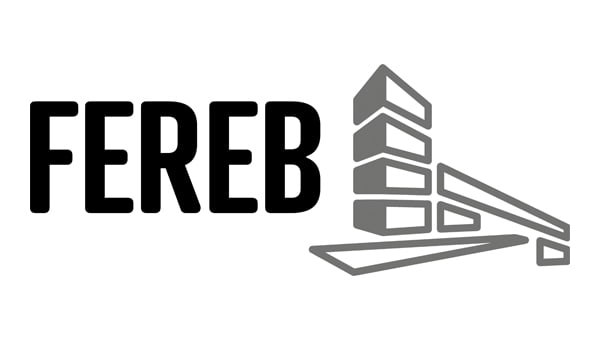 Contact opnemen
Contact opnemen
